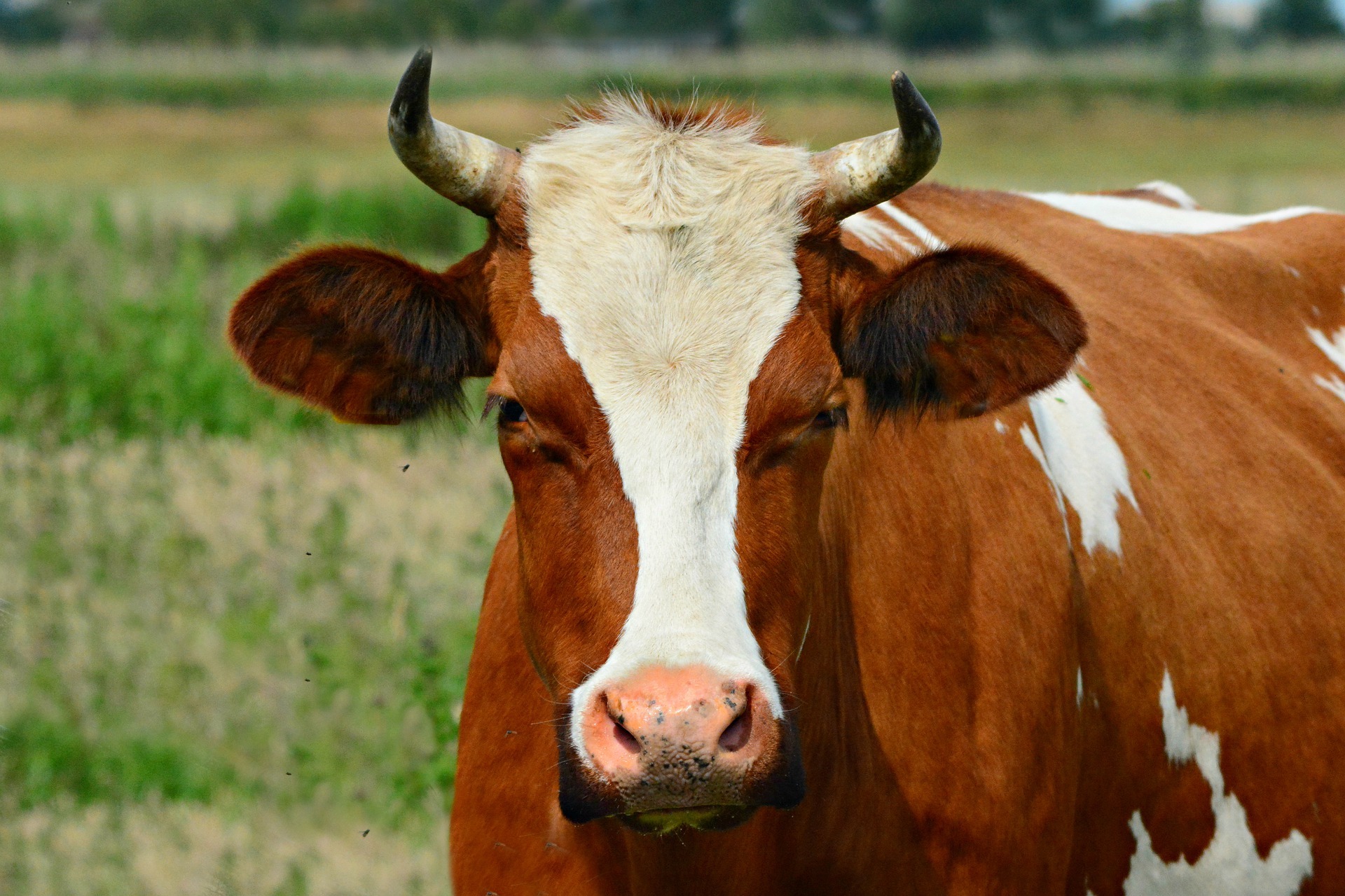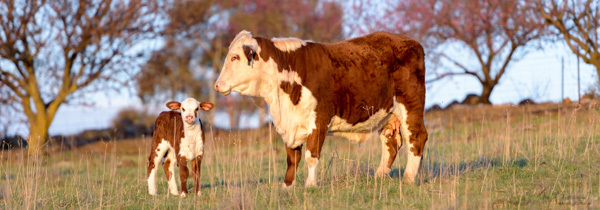|

Lice irritate cattle, causing them to scratch, bite and rub themselves. This constant irritation is a welfare problem, especially in severe infestations. They may also damage fencing, gates, trees or anything they can find to rub themselves against.
Whilst all cattle can carry lice, young cattle or cattle in low condition bear a lot of the burden, and often have the heaviest infestations.
There are 2 types of lice:
1. Biting lice feed on skin debris and can cause severe irritation.
2. Sucking lice pierce the skin and suck blood. In large numbers they can cause anaemia.
This is important, as different products have different claims against lice.
The lifecycle & spread
Lice populations and infestations follow the cooler weather. The louse eggs attach to the coat of an animal and hatches when the skin’s temperature is between 33 and 37oC. This occurs when the ambient temperature drops below 16°C.
Treating lice: why and how?
Treating light-to-moderate infestations is generally not economically viable. However, if hide quality is important, it may be as hide damage occurs with scratching. It is also necessary for some QA programs.
- There are four treatment types available - spray and pour-on are frequently used, but there are also ear tags and injectable options.
- Treatment for lice can usually coincide with a strategic drench for internal parasites in March to May in most regions where lice are an issue. It is good to treat before infestations are heavy.
- All cattle including calves on the property are treated within a 7-to-10 day period.
- Treated cattle are kept separate from other cattle until all have been treated.
- If any cattle are missed during treatment, they serve as a source of reinfestation, which can occur quickly.
Please give us a call if you would like more information.
|
